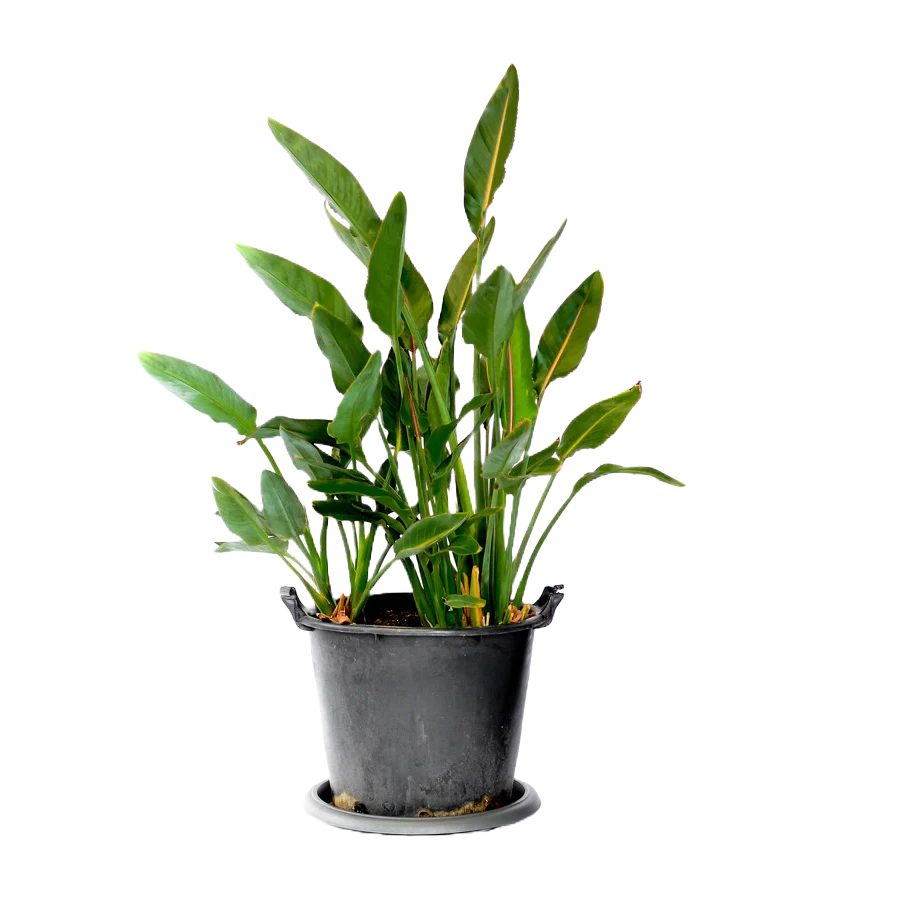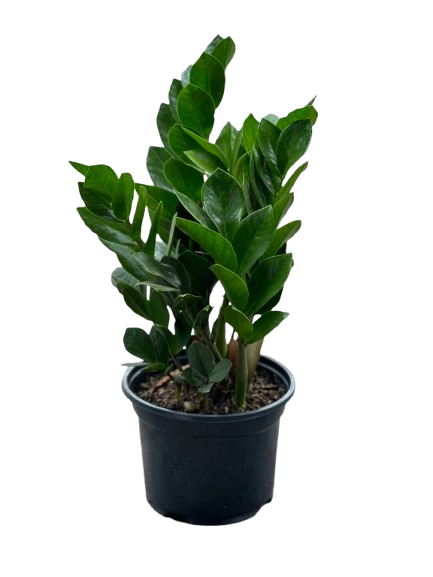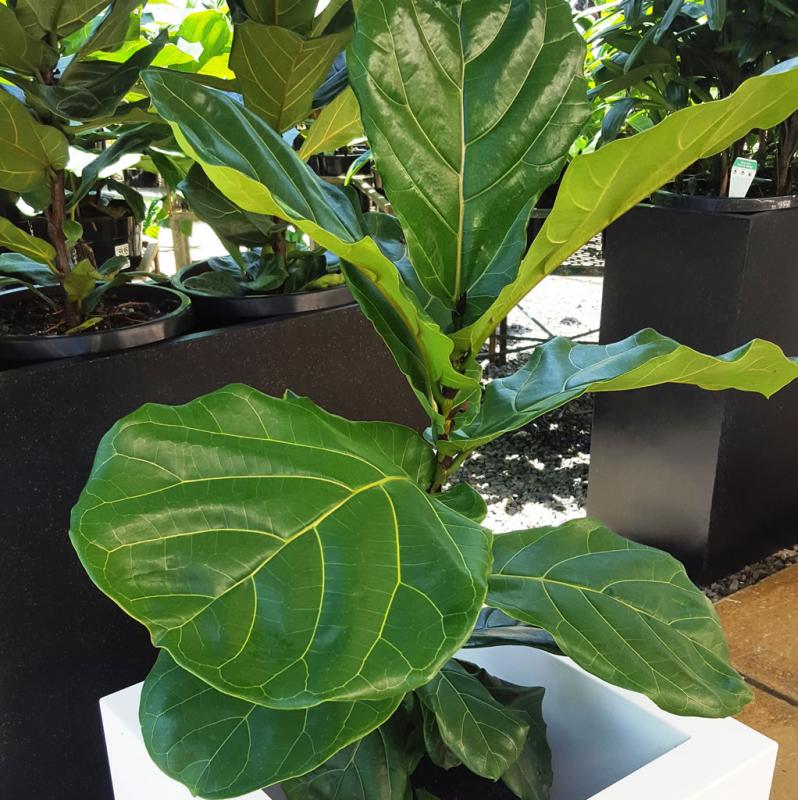The Fiddle Leaf Fig (Ficus lyrata) is one of the most admired indoor plants in Kenya, known for its bold, violin-shaped leaves and striking tropical look. A favorite among interior designers, this plant adds height, greenery, and a sophisticated touch to living rooms, offices, and reception areas. Beyond its beauty, it’s also an excellent air purifier, making it perfect for Kenyan homes and workspaces looking to combine elegance with wellness.
Why Grow This Plant?
- Enhances interior décor with bold, tropical foliage.
- Acts as a natural air purifier for indoor spaces.
- Thrives in Kenya’s warm climate with minimal fuss.
- Long-lasting and rewarding when properly cared for.
- Perfect focal point plant for living rooms or offices.
Cultural & Historical Significance
Native to West Africa, the Fiddle Leaf Fig has grown in global popularity for its architectural beauty. In many cultures, large-leafed plants symbolize abundance and vitality. In modern interior design trends from Europe to Asia, it’s considered a “statement plant,” often used in hotels, showrooms, and stylish urban homes. Its lush green canopy brings a sense of calm, making it a common choice for creating serene, biophilic spaces.
Ideal Growing Conditions in Kenya
- Sunlight: Bright, indirect sunlight is best; avoid harsh midday rays.
- Temperature: Thrives between 18°C and 27°C.
- Soil: Well-draining potting mix enriched with compost.
- Watering: Water when the top 2–3 cm of soil is dry.
- Best regions: Nairobi, Mombasa, Kisumu, Nakuru, Eldoret, and other warm urban areas.
How to Plant It
- Choose a healthy plant from a reputable nursery.
- Select a pot with good drainage holes.
- Fill with well-draining potting mix, leaving space at the top.
- Place the plant gently in the pot and fill around the roots.
- Water lightly and place in a bright, indirect light location.
Care Tips
- Rotate the pot every 1–2 weeks for even growth.
- Wipe leaves with a damp cloth to remove dust.
- Fertilize every 4–6 weeks during spring and summer.
- Prune to remove damaged or yellowing leaves.
- Repot every 1–2 years as the plant grows.
Pests & Diseases
- Spider mites & mealybugs: Wipe with neem oil or insecticidal soap.
- Scale insects: Scrape gently or treat with horticultural oil.
- Root rot: Avoid overwatering and ensure proper drainage.
- Leaf drop: Caused by sudden changes in light or temperature.
Pet Safety
The Fiddle Leaf Fig is toxic to cats and dogs if ingested, causing mouth irritation and stomach upset. Keep it out of reach of pets or choose a non-toxic alternative for pet-friendly homes.
Growing in Containers
Ideal for container gardening indoors. Use a sturdy pot that can support the plant’s height and weight, and ensure good drainage. Place near a bright window with filtered light. Large decorative planters can enhance its visual impact in living rooms and lobbies.
Where to Buy This Plant in Kenya
You can buy Fiddle Leaf Fig plants in Kenya from Planters Kenya, your trusted source for healthy indoor plants and stylish pots. They offer delivery across Nairobi and other major towns.
Final Thoughts
The Fiddle Leaf Fig is more than just a plant—it’s a living piece of art. With its lush, dramatic leaves and ability to adapt well to Kenyan indoor conditions, it’s the perfect choice for plant lovers who want style, freshness, and a touch of nature’s grandeur indoors.
Planters.co.ke is your trusted source for plants, pots, and all things green in Kenya. From starter herbs to exotic indoor plants, we help you grow beautiful spaces—naturally.
Recent Posts
- Asiatic Lily Bulbs in Kenya: Vibrant Color, Easy Growth & Garden Beauty
- Dendrobium Orchids: Elegant Blooms, Easy Care & Indoor Beauty
- Vanda Orchids: Vibrant Colors, Air-Grown Beauty & Elegant Displays
- Vriesea Bromeliads in Kenya: Elegant, Colorful & Easy to Grow
- Manuka : Beauty, Healing & Natural Resilience








